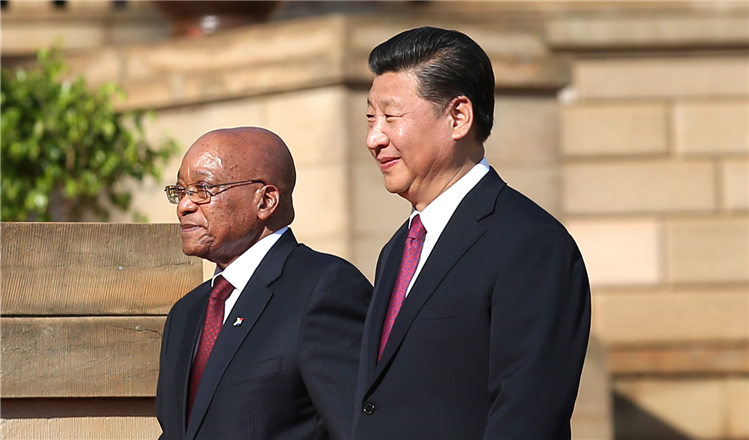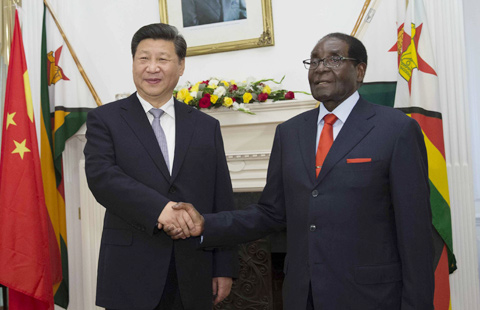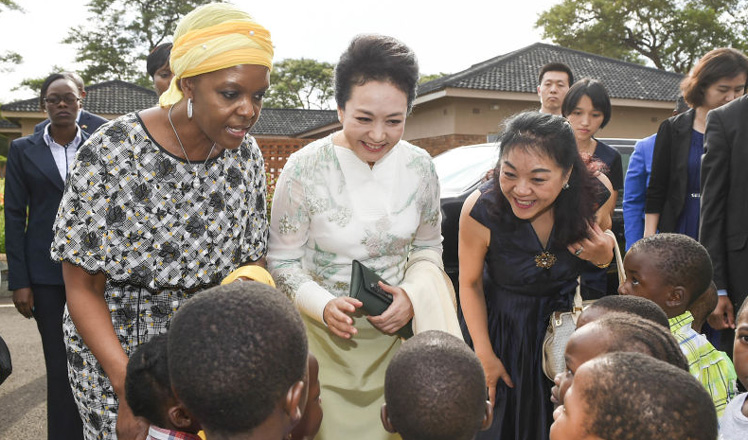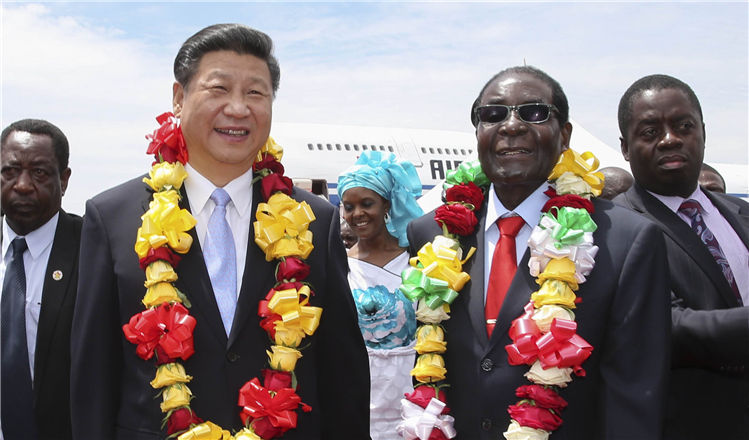Residents of Shanghai top fitness rankings
Updated: 2015-12-05 03:09
By Zhou Wenting in Shanghai(China Daily USA)
|
||||||||
Shanghai may be renowned for being a cosmopolitan financial hub and effervescent party haven, but its residents evidently aren’t spending all their time in offices or clubs.
According to the 2014 National Fitness Survey that was released on Nov 25, Shanghai’s residents have been ranked as the fittest in China. The survey, which was jointly conducted by the General Administration of Sport of China and the Ministry of Education, compiled information from nearly 532,000 residents — aged between three and 69 — from 31 provinces, autonomous regions and municipalities.
Researchers evaluated survey participants based on factors such as body shape, which included measurements of their height, weight, chest, waist and hips, as well as physical tests, which required them to perform activities to determine grip strength, arm power and stamina. Zhejiang province came in second while Hubei took third place in the rankings. Beijingers were ranked sixth.
Residents of Shanghai believe that they were able to top the rankings largely due to a growing belief in staying healthy via the consumption of food with milder flavors and taking part in sporting activities.
“In this city where residents have a hectic lifestyle and are subjected to heavy work stress, many people, especially the young, are making it a point to squeeze in some time for sports. More and more people are adopting this sort of healthy lifestyle in recent years,” said Wang Jiani, 26, an e-commerce professional who jogs thrice a week.
Wang would occasionally make a 50-km round trip to Longteng Avenue, a waterfront route alongside the Huangpu River, to workout with other members of an amateur running club that regularly covers different routes in Shanghai.
According to a report published by the Shanghai Municipal Sports Bureau in August, more than 40 percent of the city’s residents had taken part in sports activities regularly over the past year, and running was cited as one of the most popular, alongside competitive walking, badminton, basketball and square dancing.
“The intense competition to secure a runner’s spot in the Shanghai International Marathon also serves as evidence of how popular running has become in the city. Such events further boost enthusiasm for sports,” Wang said.
This year’s Shanghai International Marathon, which was held on Nov 8, was over-subscribed by more than three times — over 120,000 people had signed up for the event which had 35,000 available slots — and those who registered only stood a 27 percent chance of success. On the whole, the number of marathon events in China over the past three years have increased from 22 to nearly 100, attracting over 1 million people.
Shanghai residents also point to the abundance of sporting resources available in the city as one of the main reasons why they finished first in the rankings. In 2014, the Shanghai municipal and district government authorities had ploughed more than 323 million yuan ($50.51 million) into public fitness programs, a rise of 33 percent from the previous year.
Furthermore, there are currently 1,277 primary and high schools, accounting for 85 percent of the total in the municipality, that have opened their sports facilities to the public. Most of these facilities are available for an hour in the morning and another hour in the evening, while people can access them throughout the day during weekends. The government is also planning to create more small and medium-size sports venues for the public to ensure that residents have access to a sporting venue that is located within a 15-minute walk from their homes.
- Locals have tradition of drying foods during harvest season
- Beijing-Tianjin-Hebei govts to cooperate on emissions control
- Web promotion of prostitution to be targeted
- Two more spells of smog predicted to sweep North China
- Glass bridge in grand canyon of Zhangjiajie under construction
- Road rage cases pose huge safety challenge

 Gunmen go on a killing spree in Southern California
Gunmen go on a killing spree in Southern California
 Chinese, South African presidents hold talks to cement partnership
Chinese, South African presidents hold talks to cement partnership
 China, Zimbabwe agree to boost cooperation
China, Zimbabwe agree to boost cooperation
 First lady visits Africa's 'new window' on China
First lady visits Africa's 'new window' on China
 BRICS media leaders to secure louder global voice
BRICS media leaders to secure louder global voice
 Western science in the eyes of Chinese emperors
Western science in the eyes of Chinese emperors
 Top 10 smartphone vendors with highest shipments in Q3 2015
Top 10 smartphone vendors with highest shipments in Q3 2015
 A deepening friendship
A deepening friendship
Most Viewed
Editor's Picks

|

|

|

|

|

|
Today's Top News
Shooting rampage at US social services agency leaves 14 dead
Chinese bargain hunters are changing the retail game
Chinese president arrives in Turkey for G20 summit
Islamic State claims responsibility for Paris attacks
Obama, Netanyahu at White House seek to mend US-Israel ties
China, not Canada, is top US trade partner
Tu first Chinese to win Nobel Prize in Medicine
Huntsman says Sino-US relationship needs common goals
US Weekly

|

|








